How to Wash and Maintain Valentine Shirts
Keep your Valentine shirts looking fresh with these washing and care tips — preserve colors, prints, and fabric quality for long-lasting, love-filled wear.
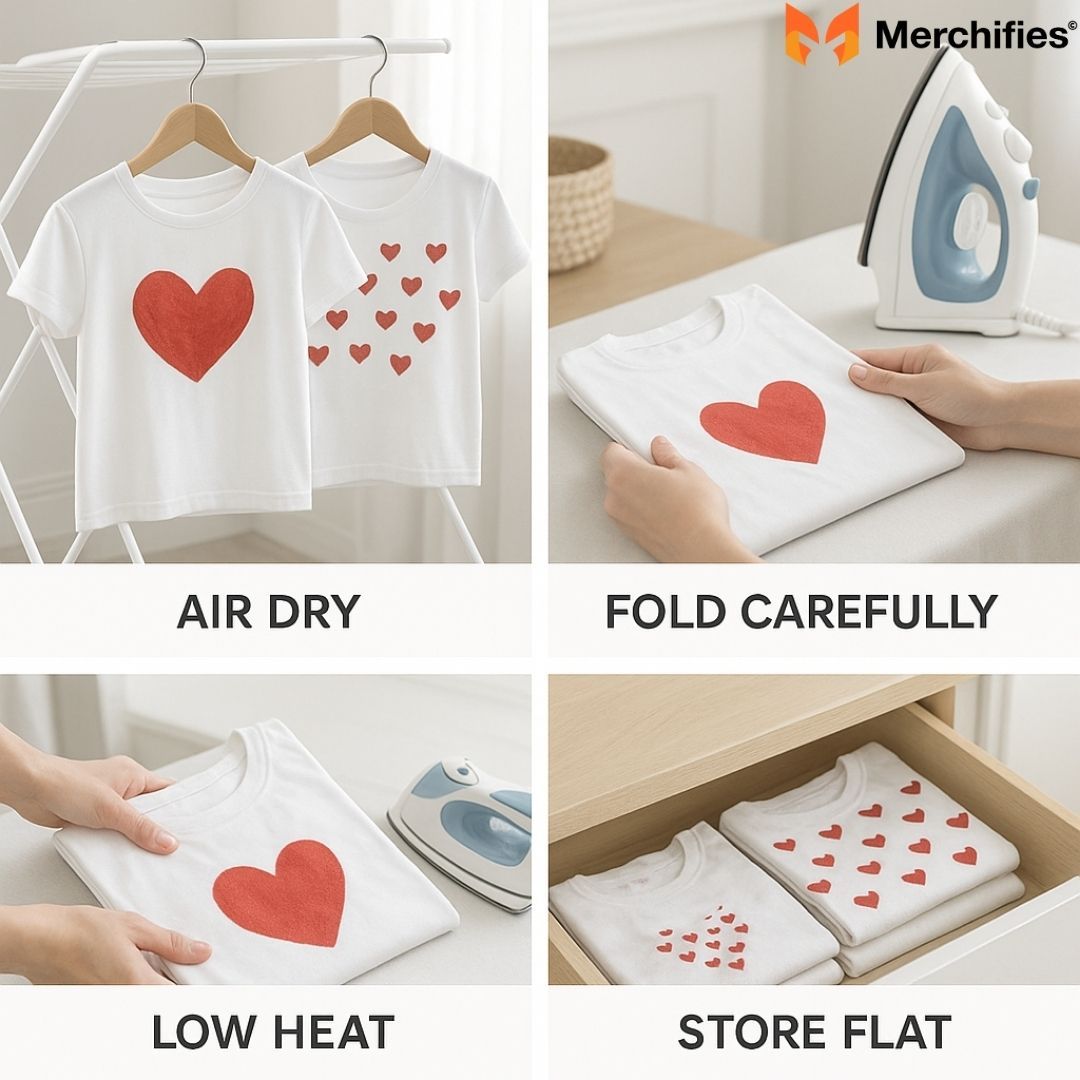
Blog Post Contents
Few items of clothing hold as much sentimental value as a beloved printed t-shirt. Whether it's a cherished Valentine T Shirt gifted by a loved one, a custom design from a memorable event, or your go-to graphic tee that expresses your personality, these garments are more than just fabric and ink. They're wearable memories and statements. But how do you keep those vibrant designs from fading, cracking, or peeling after just a few washes? The secret lies in understanding the best practices for care for print t-shirts.
As a long-time textile care specialist and passionate collector of unique graphic tees, Ruby Wilder understands the sentiment behind these garments. She knows that proper care for Valentine T Shirts is crucial to maintaining their quality and vibrancy over time. In this definitive guide, Ruby shares her expert insights on how to wash graphic tees and other printed designs correctly, ensuring your treasured items look fresh and fantastic for years to come.
The Secret to Long-Lasting Printed T-Shirts (Especially Your Valentine's Treasures)
Printed t-shirts are a canvas for personal expression, thoughtful gifts, and precious memories, with Valentine's shirts often falling into that deeply sentimental category. The joy of wearing a shirt that perfectly captures a moment or a feeling is unmatched. However, the lifespan of these prints often depends less on the initial quality and more on the care they receive. Without proper attention, those crisp lines and bright colors can quickly become dull, cracked, or peeled. This guide is designed to equip you with all the knowledge you need to master care for print t-shirts, ensuring your favorite designs remain vibrant and intact through countless wears and washes.
The Golden Rules for Washing Printed T-Shirts (Your Essential "Dos")
These are the universally recommended practices that form the bedrock of effective printed t-shirt care. Adhering to these "dos" will significantly extend the life and look of your garments.
Turn Printed Shirts Inside Out Before Washing
This simple step is incredibly effective in preserving your prints. Turning your shirt inside out creates a protective barrier, reducing direct friction and abrasion on the print during the wash cycle. Think of it as giving your design an invisible shield against the bumps and rubs of other garments. This is especially vital when you wash Valentine shirts or other sentimental items, as it helps prevent cracking, peeling, and premature fading of the design.
Always Use Cold Water
When it comes to washing printed tees, heat is the enemy. Hot water can cause prints to crack, fade, and even shrink the fabric itself. Cold water, on the other hand, is gentle on both the fabric and the printing material, helping to maintain color vibrancy and print integrity. Making the switch to cold water is one of the easiest and most impactful changes you can make to your routine for care for print t-shirts.
Select a Gentle or Delicate Wash Cycle
A gentle wash cycle minimizes the agitation your printed shirt experiences in the washing machine. Less aggressive tumbling means less stress on the print and the fabric. If you have a particularly delicate Valentine's shirt or a custom design, hand washing is an even better option, offering the ultimate level of care and control.
Use a Mild, Color-Safe Detergent
Harsh detergents containing strong chemicals, bleaches, or optical brighteners can strip colors from both the fabric and the print, degrading the printing material over time. Opt for a mild, color-safe detergent, preferably one designed for delicate garments. These formulas are kinder to your clothes and help maintain the integrity of the print.

What to Absolutely AVOID When Caring for Your Printed Tees (The Critical "Don'ts")
Just as important as knowing what to do is understanding what not to do. These actions are consistently identified as major culprits in damaging printed garments.
Avoid Bleach and Harsh Stain Removers
Bleach is a powerful chemical that will permanently damage colors and aggressively weaken the bond of the print to the fabric. Even color-safe bleaches should be used with extreme caution, if at all, around printed areas. For stains, stick to mild, targeted treatments.
Say No to Fabric Softeners
This might surprise some, but fabric softeners can be detrimental to printed t-shirts. They can break down the chemical bond of the ink or vinyl, leading to premature cracking, peeling, or even leaving a sticky residue on the design. As Ruby Wilder explains, "Fabric softeners coat the fibers, and for prints, that coating can actually undermine the very adhesion that keeps your graphic intact." Avoiding fabric softeners is a crucial step in preventing cracking graphic tees.
Never Use Hot Water or Aggressive Wash Cycles
Reiterating this point is essential because hot water and vigorous washing are two of the most common mistakes people make. They dramatically accelerate the wear and tear on prints, causing rapid fading, cracking, and shrinking. Stick to cold water and gentle cycles to safeguard your how to wash graphic tees approach.
Steer Clear of Dry Cleaning for Most Prints
While dry cleaning is suitable for some garments, the chemicals used in the process can react negatively with various ink types, especially plastisol used in screen printing. This can cause significant damage or discoloration to your design. Always check the care label, but for most printed t-shirt care, traditional dry cleaning is best avoided.
Do Not Iron Directly on the Print
Direct heat from an iron can melt, scorch, or permanently deform the design on your shirt, especially with vinyl or heat transfer prints. If ironing is absolutely necessary, turn the shirt inside out and iron on a low heat setting. Alternatively, place a thin cloth (like a pillowcase or tea towel) over the print before ironing. This pro tip helps protect the print from direct heat exposure.
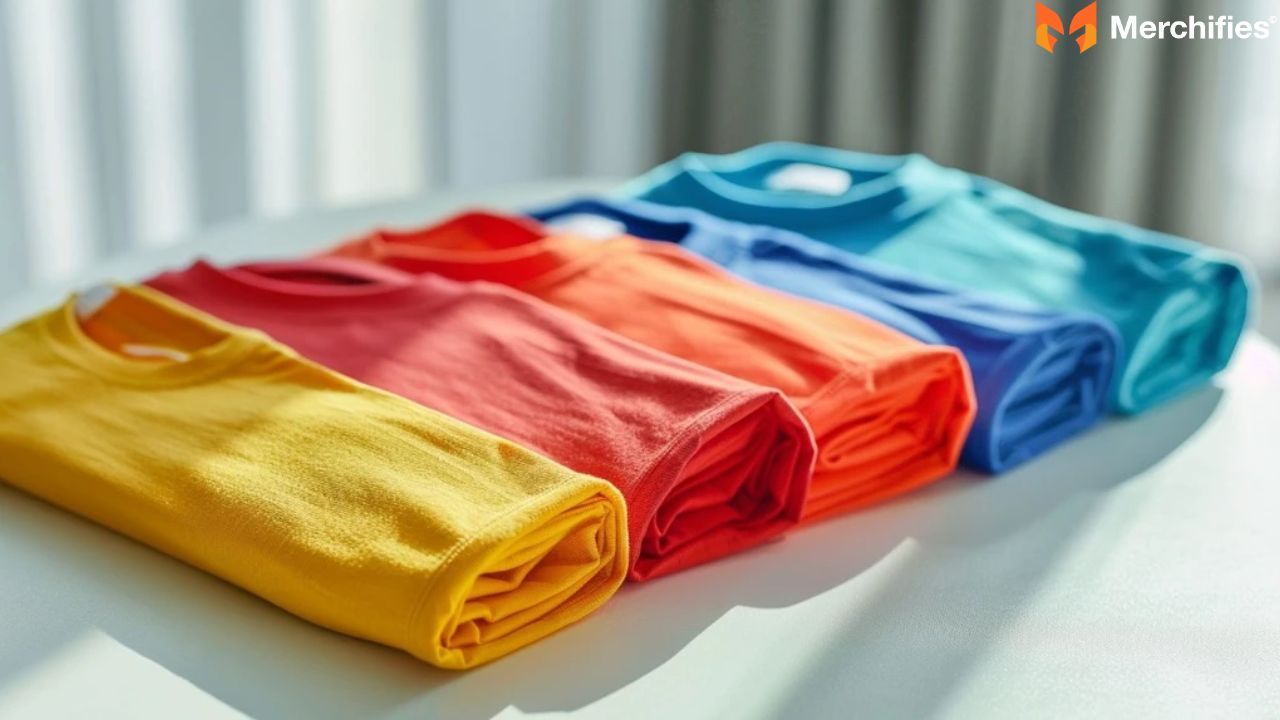
Drying Your Printed T-Shirts: The Key to Print Longevity
Proper drying is just as critical as proper washing for preserving the integrity and longevity of your prints. This stage often dictates whether a print will stay smooth or develop unsightly cracks.
The Gold Standard: Air-Dry or Hang-Dry Your Shirts
Without a doubt, air-drying or hang-drying your printed shirts is the best method for maximum print longevity. It completely eliminates heat damage, prevents shrinking of the fabric, and significantly extends the life of your design. Hang shirts on a sturdy hanger or lay them flat on a clean surface. This is the ultimate care for print t-shirts practice you can adopt.
If You Must Tumble Dry: Use the Lowest Heat Setting
We understand that air-drying isn't always practical. If you must use a tumble dryer, always select the lowest heat setting available. High heat is a major culprit for cracking, fading, and shrinking, especially for custom shirts. Remove the shirt promptly once it's dry to prevent over-drying, which can bake the print and make it brittle.
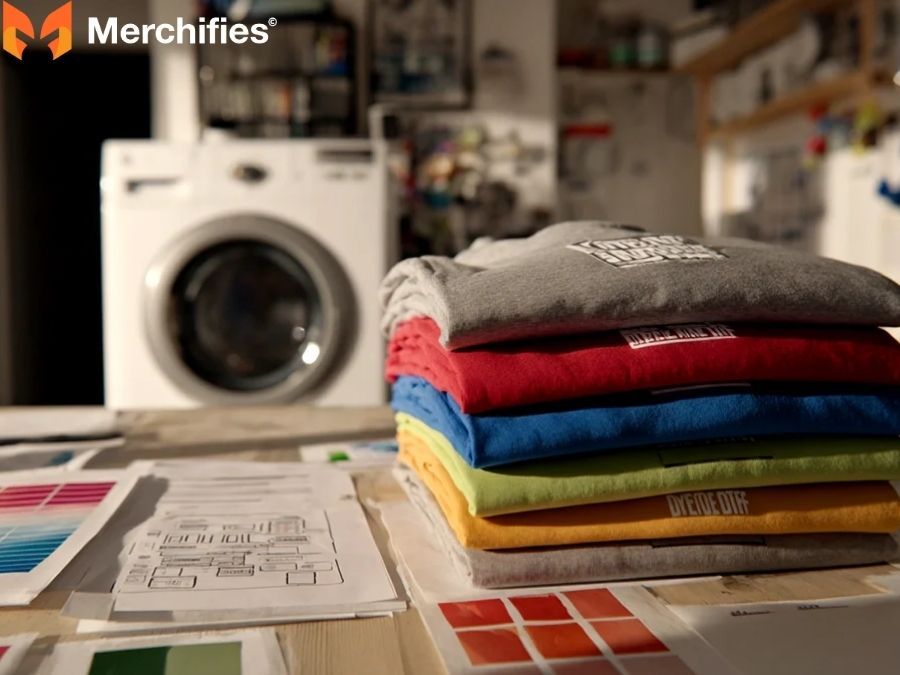
Step-by-Step Guides: How to Wash Your Graphic & Custom Tees
Now that you know the dos and don'ts, here are practical, actionable instructions for both common washing methods.
Machine Washing Your Printed T-Shirt
This is your complete guide on how to wash graphic tees in the washing machine:
- Turn Inside Out: Always flip your shirt inside out before placing it in the washing machine.
- Load Carefully: Load with similar colors and fabric types to prevent dye transfer and reduce friction.
- Select Settings: Choose cold water and a gentle or delicate cycle.
- Add Detergent: Use a mild, color-safe detergent. Absolutely no bleach or fabric softener.
- Prompt Removal: Remove the shirt promptly after the cycle completion to avoid setting creases and to begin the drying process.
- Dry: Air-dry or tumble dry on the lowest heat setting.
Hand Washing for Extra Care (Ideal for Delicate Designs like Valentine's)
For those extra special, delicate designs, such as a treasured Valentine's shirt with intricate details or delicate embellishments, hand washing offers the gentlest approach.
- Prepare Basin: Fill a clean basin or sink with cold water and a small amount of mild, color-safe detergent.
- Submerge Shirt: Turn the shirt inside out and submerge it in the soapy water.
- Gentle Agitation: Gently agitate the water and shirt with your hands; avoid harsh scrubbing directly on the print.
- Soak: Allow the shirt to soak for 5-10 minutes.
- Rinse Thoroughly: Rinse the shirt under cold, running water until all soap residue is completely removed.
- Squeeze (Don't Wring): Gently squeeze out excess water. Never wring or twist the shirt, as this can stretch the fabric and damage the print.
- Dry: Lay flat on a clean, dry towel, or hang to air-dry.

Special Considerations for Different Print Technologies
The world of printed t-shirts features various technologies, and while general guidelines apply, some print types have specific nuances that optimize their care.
Heat Transfer Vinyl (HTV) / Iron-On Prints
When learning how to wash vinyl shirts, timing is key. After a design has been applied using heat transfer vinyl (HTV), it's crucial to wait at least 24-48 hours before the first wash. This allows the adhesive to fully cure and bond with the fabric. Always emphasize turning inside out and avoiding direct heat from irons or high-heat dryers, as HTV is essentially plastic and can melt or degrade easily.
Screen-Printed Designs (Plastisol, Water-Based Inks)
Screen-printed designs are generally quite durable, especially those made with plastisol inks. However, they still benefit immensely from all the general guidelines: cold wash, gentle cycle, and air-drying. As Ruby Wilder highlights, "For plastisol screen prints, the most important thing to remember is to avoid dry cleaning. The solvents can literally dissolve the ink, leaving a sticky mess or no print at all." Water-based inks tend to soak into the fabric more, creating a softer feel but still requiring gentle care to prevent fading. Proper garment curing during the printing process is also vital for the longevity of these types of prints.
Direct-to-Garment (DTG) Prints
DTG prints involve specialized printers that apply ink directly onto the garment, similar to an inkjet printer. The care for these prints is quite similar to screen prints: cold wash, gentle cycle, and air-drying are highly recommended. This helps prevent the delicate ink from fading or cracking over time, preserving the fine details often found in DTG designs.
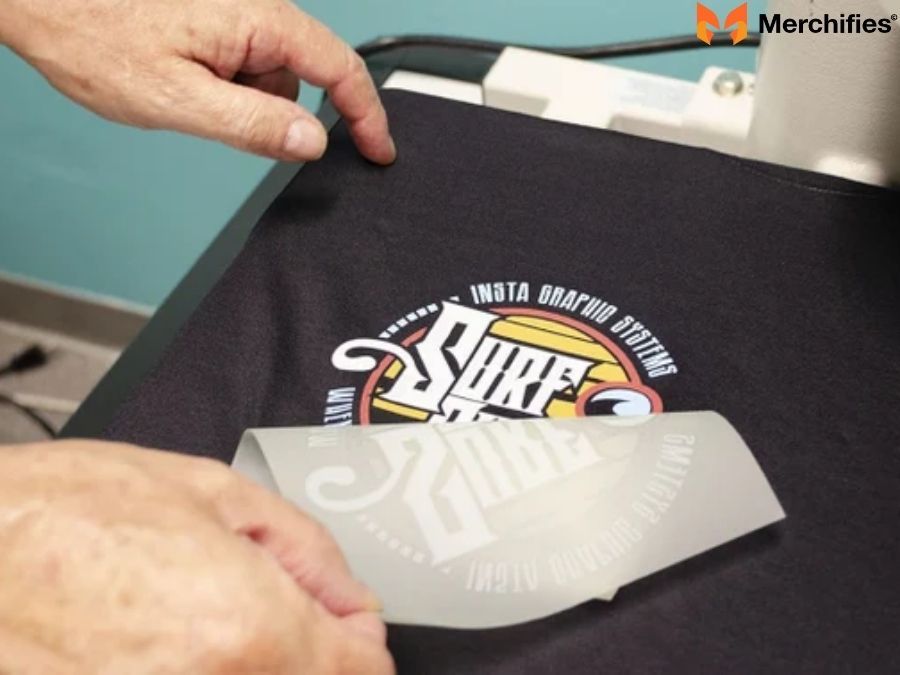
Pro Tips for Extending the Life of Your Favorite Printed Shirts
Beyond the basic washing and drying guidelines, these advanced tips can help you achieve maximum preservation for your beloved printed t-shirt care collection.
Address Stains Gently and Promptly
If your shirt gets a stain, pre-treat it with a mild stain remover as soon as possible. Always test the remover on an inconspicuous area of the shirt first. When cleaning, dab the stain – don't scrub, especially not over the print, as scrubbing can damage the design.
Proper Storage Methods
How you store your shirts can also impact their lifespan. Fold them neatly or hang them to prevent creases that can stress prints. Avoid storing them in damp conditions, which can encourage mildew and odors that require more frequent washing.
Wash Less Frequently (When Possible)
Every wash cycle, no matter how gentle, causes some degree of wear and tear on both the fabric and the print. Only wash your how to wash graphic tees when they are truly dirty or need freshening up. For items worn briefly, a simple airing out might suffice.
Invest in Quality Prints
While good care can extend the life of any shirt, starting with a quality print makes a difference. Well-made prints, utilizing good ink and proper curing techniques, are inherently more durable from the start.

Troubleshooting Common Issues: Preventing Cracking, Fading & Peeling
One of the most common frustrations for owners of printed t-shirts is seeing their beloved designs degrade. Understanding why this happens is the first step to effective preventing cracking graphic tees.
Why Prints Crack, Fade, or Peel
The culprits are almost always the same: high heat from washing or drying, harsh chemicals like bleach or strong detergents, and aggressive washing or drying cycles that create excessive friction. Over-stretching the shirt can also put stress on the print, leading to cracking.
Your Prevention Checklist for Long-Lasting Prints
To keep your prints looking their best, here’s a concise recap of the most important dos and don'ts focused specifically on print longevity:
- Wash inside out.
- Use cold water.
- Choose a gentle cycle.
- Use mild detergent (no fabric softener).
- Air-dry whenever possible.
- Avoid direct ironing on the print.
By following this checklist, you’ll be well on your way to preventing cracking graphic tees and preserving their original vibrancy.
Conclusion: Enjoy Your Vibrant, Long-Lasting Printed Tees!
Caring for your printed t-shirts doesn't have to be a complicated chore. By understanding and implementing these simple yet effective guidelines, you can significantly extend the life and vibrancy of all your favorite designs, from your everyday how to wash graphic tees to your most cherished Valentine's shirts.
The investment of a little extra care in your laundry routine pays off immensely in the longevity of your garments. As Ruby Wilder reminds us, "Protecting your printed tees means protecting your style and your memories." By following these steps, your favorite printed t-shirts will stay looking new and vibrant for many washes to come, allowing you to enjoy them for years.
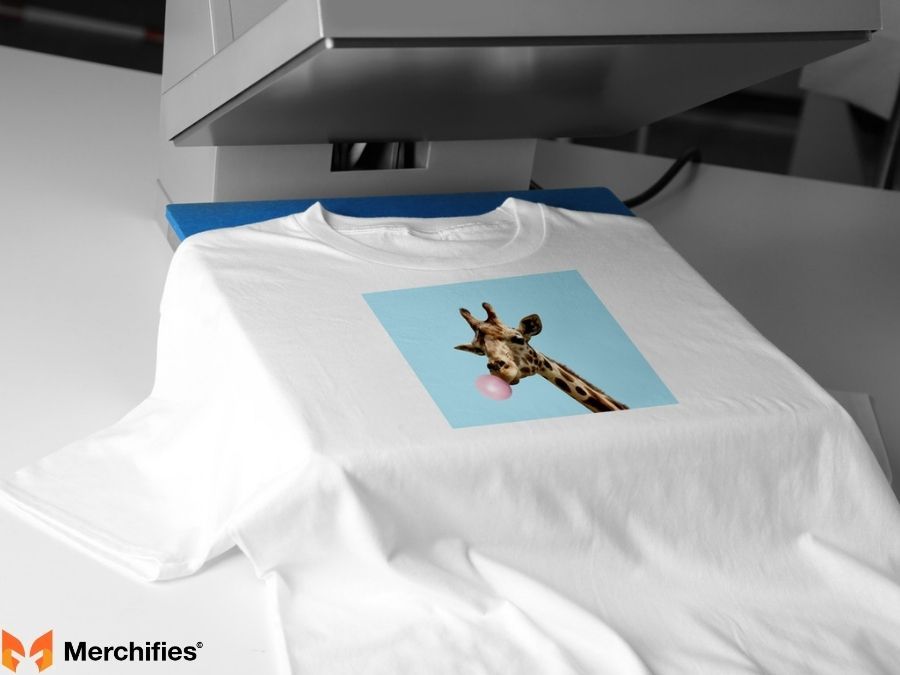
Frequently Asked Questions (FAQ) About Printed T-Shirt Care
Can I wash a printed t-shirt with other clothes?
Yes, you can, but it's best to wash it with similar colors and fabric types. Always remember to turn the printed t-shirt inside out to protect the design.
How often should I wash my graphic tee?
Wash your how to wash graphic tees as needed. If it's not visibly dirty or hasn't been worn extensively, airing it out might be sufficient. Washing less frequently helps prolong its life and preserve the print.
What if my print is already cracking or peeling?
Unfortunately, once a print is cracked or peeling, it's very difficult to reverse the damage. Prevention is key. However, continuing to follow gentle care for print t-shirts guidelines can help prevent further deterioration and extend the life of the remaining print.
Can I use a garment steamer on printed shirts?
Yes, using a garment steamer is generally safe. For best results, steam the shirt from the inside out. If you must steam the outside, do so with extreme care, keeping the steamer head slightly elevated to avoid direct, prolonged contact with the print itself.
Does the quality of the shirt or print make a difference?
Absolutely. Higher quality garment materials and professional printing processes generally result in more durable shirts and prints that resist wear and tear better from the start. However, even the highest quality prints still require proper printed t-shirt care to ensure their maximum longevity.